Bangalore based filmmaker, writer, photographer and storyteller Anil Anaiah has been passionately rooting for nature for several decades now. His upcoming exhibition of photographs and short films have been curated by me, and will be on view from 21st - 23rd April 2023 at Devaraj Urs Gallery, Karnataka Chitrakala Parishath Bengaluru.
While appearing to be nature photographs at the first instance, all images have been taken with a purpose. The idea behind it is to reveal details which are invisible to the naked eye and to encourage everyone to really observe and engage with nature in order to take further action that can support and conserve the natural world around us.
Anil's artistic projects have centered around ‘nature is art’ where he encourages positive actions that are aligned with the Sustainable Development (SDGs), through artworks which include photographs, documentaries, videos and also a citizen science initiative. In the past, he has also contributed towards socially relevant campaigns around autism and waste management.
The upcoming exhibition 'Reimagining Nature: Poetics of Viewing' coincides with Earth Day 2023, and is a celebration of Anil’s decade long journey, where he has presented his collection of nature photographs and films in a public exhibition on every Earth Day, since 2014.
The collection features early photographic works that are based on macro-photography and capture stunning magnified views of flora and foliage, offering deeper insights into the aesthetics and science of natural elements. While later works depict blurred or defocused images which appear to be abstracted paintings. The short films are conceptual and capture moving images with textual overlay as ‘thought quotes’ broadly referring to ‘Invest in our planet’, the official theme for this Earth Day, and as a call for action.
Anil believes that simple acts of observation can make one curious to know more about nature and thus act responsibly and discover their inner reflections as Changemakers. With even simple mobile phones one can take photographs and express their creativity and be a part of the changemaker movement. He will also be exhibiting a collection of photographs that has been shot on the iPhone and are exquisitely detailed.
He elaborates, “Biodiversity loss and Climate Change are the greatest issues we face today. And, you can play an active role in its mitigation by participating in our Art, Storytelling and Citizen Science Experience."
About Anil Annaiah
His work from the last two decades has been about conceiving and contributing to diverse assignments as a photographer, creative strategist, writer & filmmaker. He aspires to bridge the gap between the two worlds he works with, the Corporate and the Social Development sector and offer a powerful synergy to build social goodness with communication ideas.
Anil is passionate about developing ideas for creative engagements to build new Changemakers. He continuously explores possibilities to build participative platforms for social sustainability. His diverse experience & collective knowledge from the last two decades, lends him rich communications expertise.
His concept of “Nature is Art for Conservation” with “Discovering Science Through The Lens” presents an innovative Art & Citizen Science Experience Project. This invites people to fall in love with nature all over again and discover their inner reflections as Changemakers. “Art, Nature, Science and You (ANSY)”. The joy of holding a Camera and the endless moments of peace you can soak yourself in gives you the opportunity to do Camera Yoga. This Earth Day 2023 brings in the 10th Consecutive Year.
About the Curator
Nalini S Malaviya is a Bangalore based curator and writer. In addition to curating contemporary art exhibitions, she offers curatorial and advisory services to individuals and corporate, facilitating art acquisition. She has been writing for the media since 2003, and has been an art columnist for leading newspapers. She has contributed to Financial Times, Times of India, Bangalore Mirror, Deccan Herald, several art magazines and artist books, among other publications. She contributed ‘An Art Sojourn’, an essay on Yusuf Arakkal, which was translated in Kannada and published as a chapter in the artist book.
Nalini is the Founder/Publisher of Art Scene India, www.artsceneindia.com, which was established in 2006 as a blog, and which has evolved into a significant resource site and a digital archive, with extensive documentation of the Indian art scene over the last 16 years.
Some of her curatorial projects include the recently concluded solo artist project ‘Interwoven’, an exhibition of tapestries and drawings by senior artist SG Vasudev, ‘Enchanted Breath’, ‘Convergence,’ ‘Bend’, ‘Parallax of Visual Memories’, ‘Reimagining: (Un)Reality and Space’, 'Irreverent Gene' and ‘Polynomials of Relevance’ with leading contemporary artists from across the country.
To coincide with Earth Day 2023, the exhibition ‘Reimagining Nature: Poetics of Viewing’ by Anil Annaiah features a collection of Fine Art Photographs and Short Films from 2014 to 2023, curated by Nalini S Malaviya
Exhibition details: 21st, 22nd & 23rd April 2023 at Devaraj Urs Gallery, Karnataka Chitrakala Parishath Bengaluru
Contact Anil Annaiah: Email: anilannaiah@yahoo.com, Ph: 99807 40118
Please share this article using the social media widgets at the bottom and do subscribe to receive regular updates from Art Scene India.
To contribute articles, please get in touch at artsceneinfo@gmail.com
Also read,
 |
| The Pink River by Anil Annaiah |
About Anil Annaiah
His work from the last two decades has been about conceiving and contributing to diverse assignments as a photographer, creative strategist, writer & filmmaker. He aspires to bridge the gap between the two worlds he works with, the Corporate and the Social Development sector and offer a powerful synergy to build social goodness with communication ideas.
Anil is passionate about developing ideas for creative engagements to build new Changemakers. He continuously explores possibilities to build participative platforms for social sustainability. His diverse experience & collective knowledge from the last two decades, lends him rich communications expertise.
His concept of “Nature is Art for Conservation” with “Discovering Science Through The Lens” presents an innovative Art & Citizen Science Experience Project. This invites people to fall in love with nature all over again and discover their inner reflections as Changemakers. “Art, Nature, Science and You (ANSY)”. The joy of holding a Camera and the endless moments of peace you can soak yourself in gives you the opportunity to do Camera Yoga. This Earth Day 2023 brings in the 10th Consecutive Year.
About the Curator
Nalini S Malaviya is a Bangalore based curator and writer. In addition to curating contemporary art exhibitions, she offers curatorial and advisory services to individuals and corporate, facilitating art acquisition. She has been writing for the media since 2003, and has been an art columnist for leading newspapers. She has contributed to Financial Times, Times of India, Bangalore Mirror, Deccan Herald, several art magazines and artist books, among other publications. She contributed ‘An Art Sojourn’, an essay on Yusuf Arakkal, which was translated in Kannada and published as a chapter in the artist book.
Nalini is the Founder/Publisher of Art Scene India, www.artsceneindia.com, which was established in 2006 as a blog, and which has evolved into a significant resource site and a digital archive, with extensive documentation of the Indian art scene over the last 16 years.
Some of her curatorial projects include the recently concluded solo artist project ‘Interwoven’, an exhibition of tapestries and drawings by senior artist SG Vasudev, ‘Enchanted Breath’, ‘Convergence,’ ‘Bend’, ‘Parallax of Visual Memories’, ‘Reimagining: (Un)Reality and Space’, 'Irreverent Gene' and ‘Polynomials of Relevance’ with leading contemporary artists from across the country.
To coincide with Earth Day 2023, the exhibition ‘Reimagining Nature: Poetics of Viewing’ by Anil Annaiah features a collection of Fine Art Photographs and Short Films from 2014 to 2023, curated by Nalini S Malaviya
Exhibition details: 21st, 22nd & 23rd April 2023 at Devaraj Urs Gallery, Karnataka Chitrakala Parishath Bengaluru
Contact Anil Annaiah: Email: anilannaiah@yahoo.com, Ph: 99807 40118
To contribute articles, please get in touch at artsceneinfo@gmail.com
Also read,
- Art Scene India presents Convergence
- Art News (Bangalore) - Reimagining: (Un)Reality and Space
- How To Write An Artist Statement
- 6 Tips On How To Approach An Art Gallery And Find Gallery Representation
- Exhibiting Art in Non-Gallery Spaces
- 5 Reasons a Good Catalogue Text is Essential for Your Art

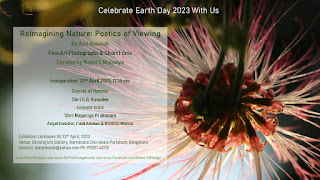


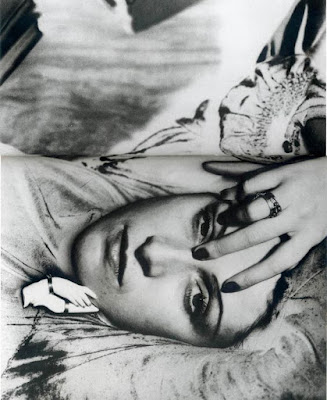
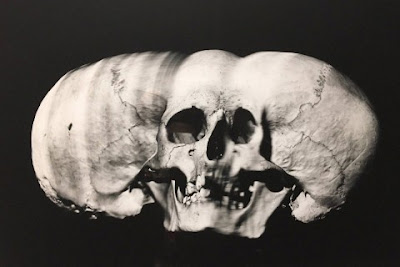


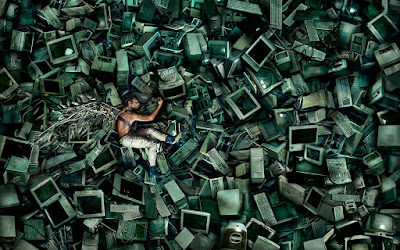

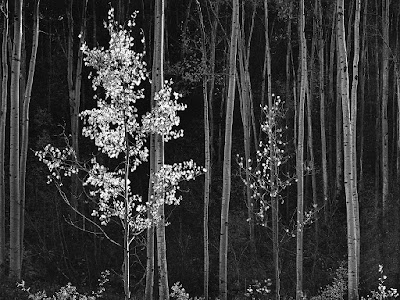
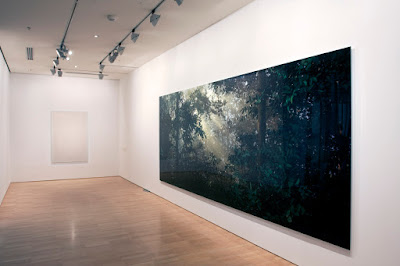


.JPG)
.JPG)